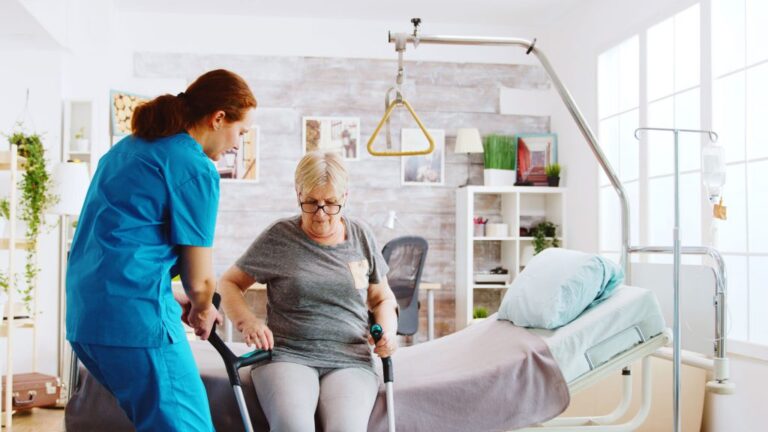Falls aren’t just a minor mishap. For older adults, a single fall can mean the difference between independence and long-term care. The good news? Many falls are preventable. But you might be missing some of the most important steps to reduce the risk.
Keep reading to find out what most people overlook — and what you can start doing today.
The Numbers Don’t Lie
Every year, millions of adults aged 65 and older fall. In fact, falls are one of the leading causes of injury among seniors. But here’s the part many don’t realize:
- One in four older adults falls each year
- One in five falls causes a serious injury, like a broken bone or head trauma
- Falls often lead to a fear of falling, which can cause older adults to limit activity and lose strength — raising their risk even more
Let’s break the cycle.
Why Falls Happen: The Real Risk Factors
Falls aren’t random. They often happen because of one or more hidden risk factors. Some of the most common include:
- Muscle weakness and balance issues
- Vision problems
- Side effects from medications (especially sedatives or blood pressure drugs)
- Unsafe home environments like cluttered floors, loose rugs, or poor lighting
- Chronic health conditions, such as arthritis or diabetes
Here’s what you can do about it…
Proven Ways to Reduce Fall Risk
You don’t need a total lifestyle overhaul. Just small, consistent changes. Start here:
- Build leg strength and balance: Tai Chi and simple strength training exercises can work wonders.
- Check your medications: Have your healthcare provider review everything you’re taking.
- Make your home safer: Add grab bars, fix uneven flooring, improve lighting, and remove trip hazards.
- Get your vision checked annually
- Wear the right shoes: Non-slip soles and proper fit are key.
Most people ignore at least one of these. Which one are you overlooking?
Make Prevention Part of Daily Life
Prevention doesn’t have to be overwhelming. In fact, the more you make it part of your routine, the less you have to worry about it.
Try:
- Creating a simple fall prevention checklist
- Practicing a 5-minute balance routine every morning
- Doing a home safety walk-through once a month
- Encouraging open conversations with family or caregivers about any near-falls
The earlier you start, the better the results.
Published June 2024 • Updated August 2025
Reviewed by Debbie Marcello, Founder & CEO of Happier at Home
This content is for informational use only and does not replace medical advice.


